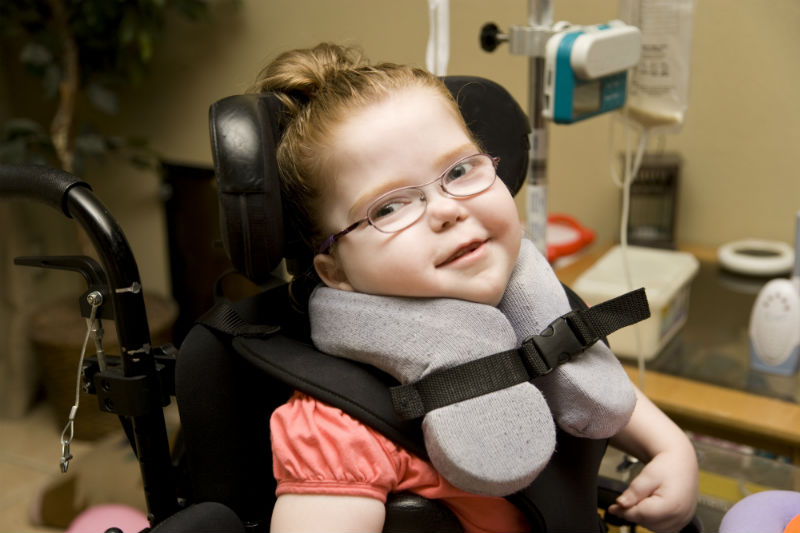Condition
Pediatric Brachial Plexus Palsy
What You Need to Know
Brachial plexus palsy in newborns is caused by injury to the nerve roots, or nerves to the arm, often during the birthing process.
Key Symptoms
The most common symptoms of brachial plexus palsy are:
- Your baby holds his or her arm turned in at the shoulder
- Your baby’s elbow is straight, the wrist bent and his or her hand fisted and turned backward
- He or she cannot move his or her shoulder or bend his or her elbow
Diagnosis
Brachial plexus palsy is typically diagnosed by:
- Physical examination
- Electrodiagnostic testing, including EMG and somatosensory response
Treatment
Treatment may include:
- Physical therapy
- Occupational therapy
- Surgery
Schedule an Appointment
Our pediatric specialists provide personalized care for your child’s physical, mental and emotional health needs. Meet our providers and schedule an appointment today.
Frequently Asked Questions
What is brachial plexus palsy?
What are symptoms of brachial plexus palsy in children?
How are brachial plexus injuries and palsies diagnosed in children?
How can I manage my child’s brachial plexus palsy?
What risk factors can cause brachial plexus palsy to occur in children?
What types of surgical options exist for brachial plexus palsies in children?
How are brachial plexus injuries treated in children?
Meet the Providers Who Treat Brachial Plexus Palsy
Departments that Treat Brachial Plexus Palsy

Neurosurgery
Our neurosurgery experts provide advanced care for newborns and children with complex neurological conditions.

Help Kids and Make a Difference
Invest in future cures for some of life's most devastating diseases. Give today to help more children grow up stronger.








